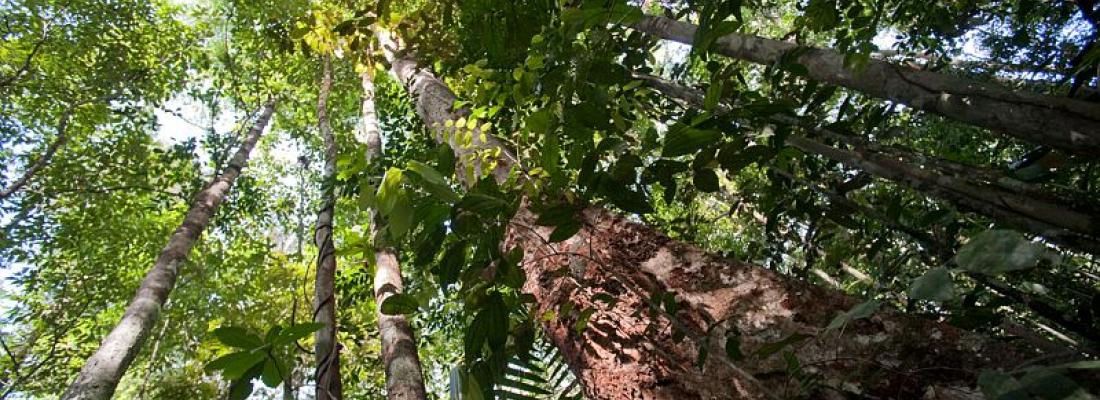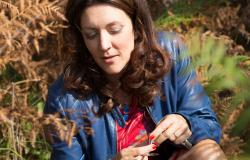Climate change and risks Reading time 2 min
Towards a carbon-neutral Europe: COSMYCA project is awarded an ERC Consolidator Grant
Published on 09 December 2020

The European Union revealed this year an ambitious programme to achieve carbon neutrality by 2050 (2). Part of their strategy involves protecting and planting billions of trees throughout Europe in the coming decades. Terrestrial ecosystems around the world store a third of our CO2 emissions coming from fossil fuels in the atmosphere every year. However, their capacity to store CO2 might be threatened, as the effects of climate change begin to impact these ecosystems. When will their CO2 absorption capacity begin to decline? There are a number of land surface models available, but there are uncertainties in how the biosphere response to rising CO2 and temperatures will evolve over the next decades. For this reason, INRAE researchers have developed a project that will attempt to reduce such uncertainties in predictions of biosphere function.
All eyes on carbonyl sulfide COS, a natural gas that is similar to CO2
As part of the COSMYCA project, INRAE researcher Lisa Wingate plans to study carbonyl sulfide (COS). This natural gas, present at trace amounts in the atmosphere, shares structural similarities with CO2, making it an independent tracer of biosphere-atmosphere exchange. Over the course of one year, the concentrations of both gases in the atmosphere display a similar seasonal cycle, marked by a strong lowering of COS molecules in the atmosphere as plants absorb it during the summer. COS follows the same diffusion pathway as CO2 into the leaves where they encounter carbonic anhydrase, an enzyme (3) involved in the first steps of the photosynthetic pathway. This enzyme, however, is not exclusive to plants. Soil microbial communities, including fungi, are also equipped with carbonic anhydrase. The fact that this gas is used by both plants and microorganisms makes the relation between photosynthesis and COS drawdown from the atmosphere in summer all the more complex. The COSMYCA project aims to better understand the fate of COS in plants and in the soil and how plants interact with microbial communities as CO2 concentrations rise. This knowledge will help the new ERC team to introduce COS as a constraining tracer in current land surface models and reduce our uncertainty in the response of our forest ecosystems to rising CO2 and climate change in the near future.
(1) Consolidator Grants are awarded to researchers with 7-12 years of experience since completion of PhD, with extensions available for maternity/paternity leave. Research must be carried out in a public, or private, institute based in one of the EU Member States or in one of the associated countries. The grant is awarded for a period of 5 years.
(2) More information available at: https://ec.europa.eu/commission/presscorner/detail/en/ip_20_335
(3) Natural protein that catalyses (speeds up) chemical reactions.

Find more information on Dr Lisa Wingate and her research at the INRAE Nouvelle-Aquitaine Bordeaux Research Centre.
